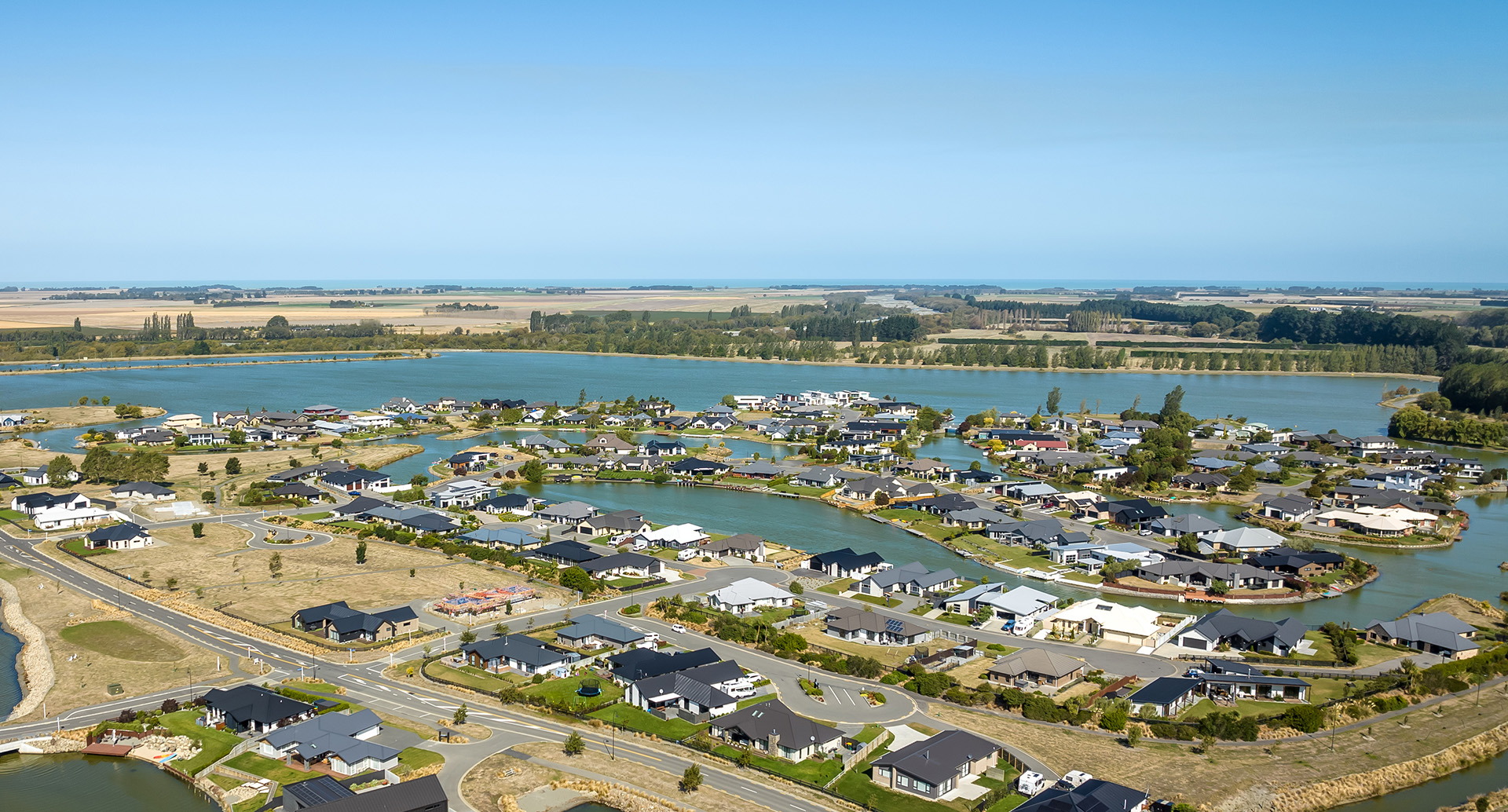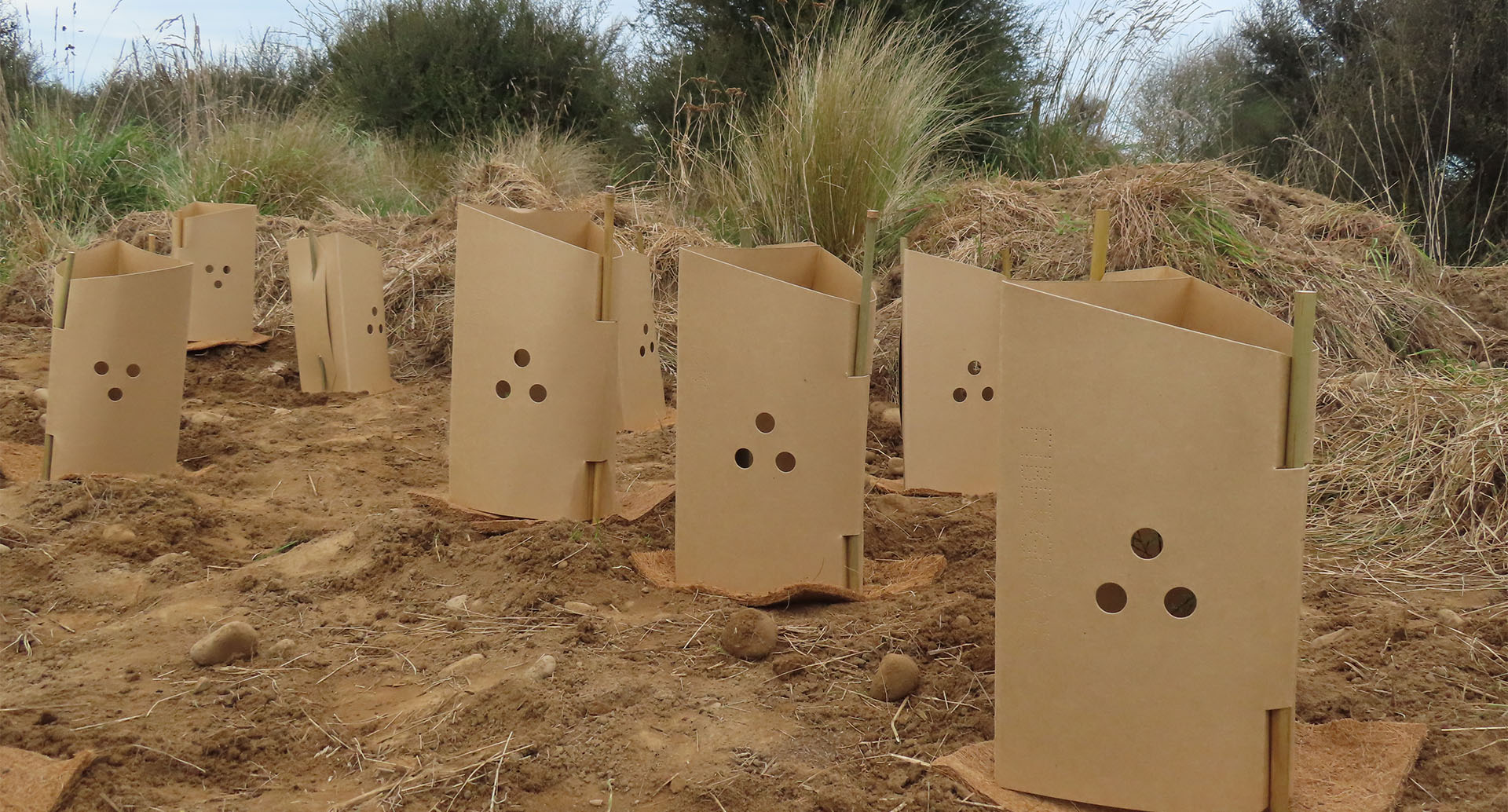Lake Hood closed until further notice due to algal bloom

Council has decided to close Lake Hood to the public until further notice due to an algal bloom and the risk to health posed by cyanobacteria toxins.
A health warning to avoid contact with the lake water was issued on 20 March because of high levels of potentially toxic blue-green algae, and more recent testing has shown the presence of a new species of algae which is known to be toxic.
Chief Executive Hamish Riach said Council was closing Lake Hood to the public because the cyanobacteria posed a genuine health risk.
“There have been two substantiated cases reported by GPs of patients with typical symptoms of exposure to cyanobacteria and Council wishes to protect the public from the clear public health risk. The continued use of the lake in its current state poses an unacceptable health risk.
“Water testing at different points around the lake and canals shows varying levels of the algae but we are treating the water body as one because it is all interconnected.”
The jumping platform, off the lake extension, is also closed.
Council has informed the organisers of a national waterski event planned at Lake Hood on 15-21 April of the closure, and they are investigating an alternative venue in the Ashburton district.
Mr Riach said the closure was supported by Health New Zealand, who had issued the health warning last month backed up by Environment Canterbury data.
“Lake Hood will continue to be tested regularly and we’ll keep the community up to date with any changes. Council, as managers of the lake, will keep working on ways to improve the water quality.”
Signs alerting residents and visitors about the closure will be installed around the lake today and the gate leading to the main boat ramp will be closed.
Health New Zealand says people should avoid contact with the lake water, and animals (especially dogs) should not be allowed near the water until the health warning has been lifted.
Exposure may cause skin rashes, nausea, stomach cramps, tingling and numbness around the mouth and fingertips. People who experience these symptoms should visit their doctor and let them know if there has been contact with lake water.
Animals that show signs of illness after coming into contact with lake water should be taken to a vet.
Facts about cyanobacteria
- Cyanobacteria occur naturally but can increase rapidly during warmer months.
- Algal blooms are caused by a combination of nutrients in the water (such as nitrogen and phosphorus), and favourable weather conditions (e.g., increased temperature, calm days).
- If the water is cloudy, discoloured, or has small globules suspended in it, avoid all contact.
- Not all cyanobacterial blooms are visible to the naked eye and toxins can persist after the blooms disappear.
- Cyanobacterial concentrations can change quickly with changing environmental conditions (eg wind). If a health warning is in place avoid contact with the water.
For further details visit: https://www.lawa.org.nz/explore-data/canterbury-region/
Or contact Te Mana Ora | Community and Public Health on (03) 364 1777:
https://www.cph.co.nz/your-health/recreational-water/
For more information about Mahinga Kai:
https://www.cph.co.nz/wp-content/uploads/saf0112.pdf
Share this article
Latest News
Carters Creek planting volunteers sought
Survey gathers experiences of residents 55 and over
EA Networks supports Glow in the Park for 2025
Civil Defence: From response to recovery
Anzac Day in the Ashburton District
Road Closures
BLANDS ROAD
from 17 May 9:00 to 17 May 16:30
WITHELLS ROAD CLOSURE
from 17 Apr 6:00 to 9 May 18:00
EALING ROAD CLOSURE
from 17 Apr 6:00 to 9 May 18:00
TREVORS ROAD
from 7 Apr 7:00 to 27 Jun 18:00
FRISBYS ROAD
from 28 Apr 8:00 to 28 Apr 19:00
View all Road Closures | Live map







